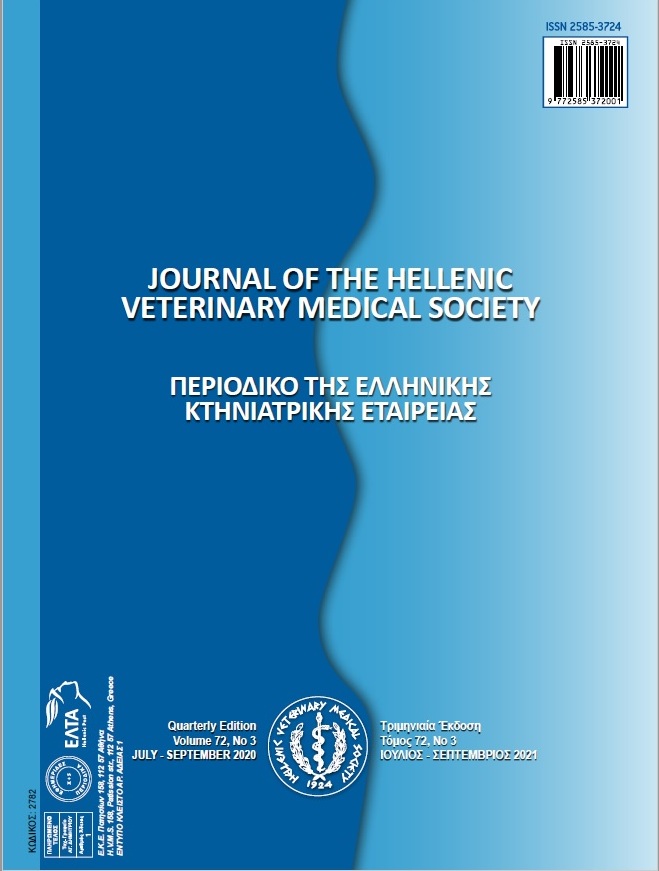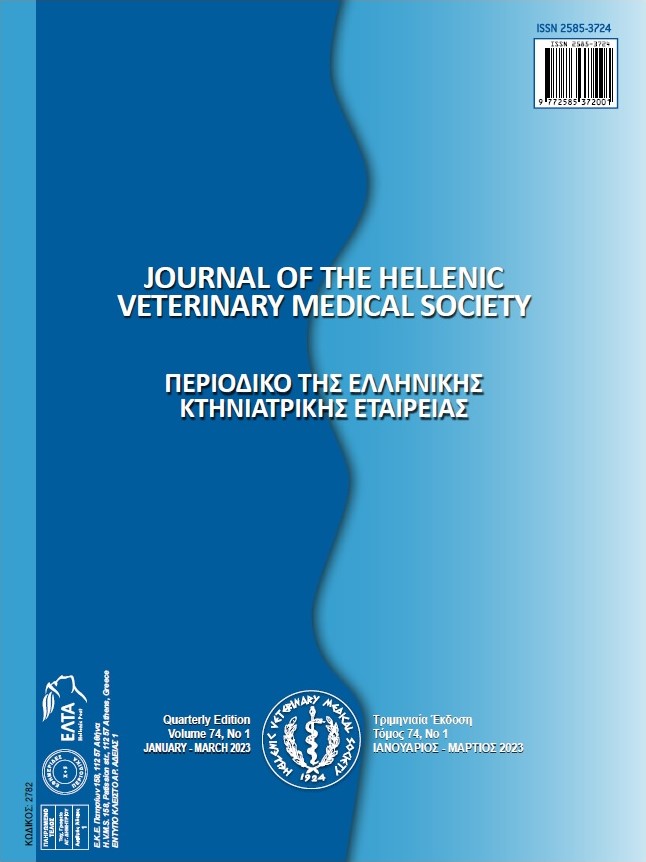Effect of black cumin (Nigella sativa) and high fat supplemented diet on lipid profile, C-reactive protein and cardiac histopathology in rabbits
Resumen
Present study determined effects of Nigella sativa on risk factors associated with cardiovascular disease. A typical marker for predicting cardiovascular risk is lipid profile. An independent predictor of future coronary heart disease has recently been found to be the inflammatory marker C-reactive protein. People who consume a high fat diet have been shown to have higher amounts of the CRP (C-reactive protein) levels and lipid profile. Current was purposefully designed to evaluate the effects of Nigella sativa and high fat diet and their co-administration in 7 months old rabbits (Oryctolagus cuniculus) for 30 days. Effects of Nigella sativa and high fat diet were analyzed on the structure of heart, lipid profile and C-reactive protein in rabbits. For this purpose, rabbits (n=15) were kept in animal house under standard laboratory condition. 15 rabbits were divided into three groups, one control and two experimental groups. Control group was treated with standard diet. Experimental group 1 was treated with high fat diet and experimental group 2 was treated with 5% Nigella sativa and high fat diet. Body weight showed significant (P>0.05) increase in group 1 fed high fat diet and significant (P>0.05) decrease in body weight was observed in group2 (5% Nigella sativa). Cholesterol, triglycerides, LDL, VLDL and C-reactive protein showed significant (P>0.05) increased in group1 (fed high fat diet) and in contrast significant decreased level of HDL was found in group1 (fed high fat diet). Group 2 (5% Nigella sativa) showed significant (P>0.05) decrease in C-reactive protein levels, cholesterol, triglycerides, LDL, VLDL compared to the high fat diet group. Histomorphological study of heart showcd moderate congestion, loss of sarcoplasm and fragmentation in many cardiac muscle fibers in group 1(fed high fat diet) however group 2 (5% Nigella sativa) heart tissues showed no morphometric changes in the heart structure which indicate that 5% Nigella sativa might rescue or protect the heart structure from damage. It was concluded from present study that 5% Nigella sativa had anti-atherogenic cardioprotective properties. Using this plant with fat-rich diets simultaneously may reduce their adverse health effects.
Article Details
- Cómo citar
-
Fatima, S., Naureen, I., Naeem, M., Aman, S., & Ullah, R. (2024). Effect of black cumin (Nigella sativa) and high fat supplemented diet on lipid profile, C-reactive protein and cardiac histopathology in rabbits. Journal of the Hellenic Veterinary Medical Society, 75(2), 7429–7434. https://doi.org/10.12681/jhvms.34692
- Número
- Vol. 75 Núm. 2 (2024)
- Sección
- Articles

Esta obra está bajo una licencia internacional Creative Commons Atribución-NoComercial 4.0.
Authors who publish with this journal agree to the following terms:
· Authors retain copyright and grant the journal right of first publication with the work simultaneously licensed under a Creative Commons Attribution Non-Commercial License that allows others to share the work with an acknowledgement of the work's authorship and initial publication in this journal.
· Authors are able to enter into separate, additional contractual arrangements for the non-exclusive distribution of the journal's published version of the work (e.g. post it to an institutional repository or publish it in a book), with an acknowledgement of its initial publication in this journal.
· Authors are permitted and encouraged to post their work online (preferably in institutional repositories or on their website) prior to and during the submission process, as it can lead to productive exchanges, as well as earlier and greater citation of published work.







